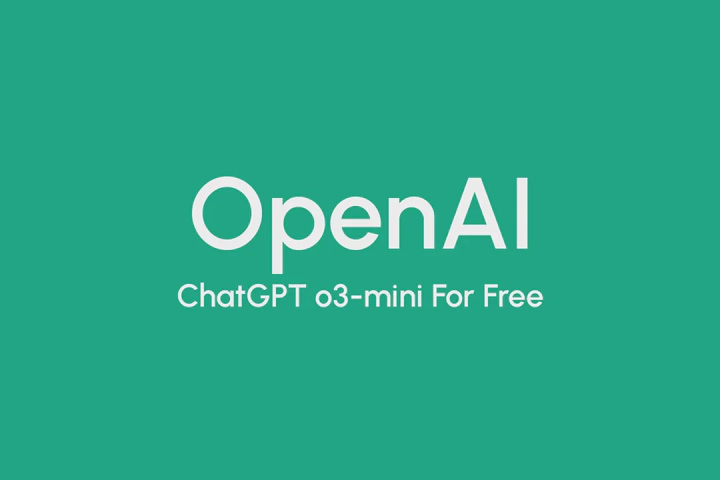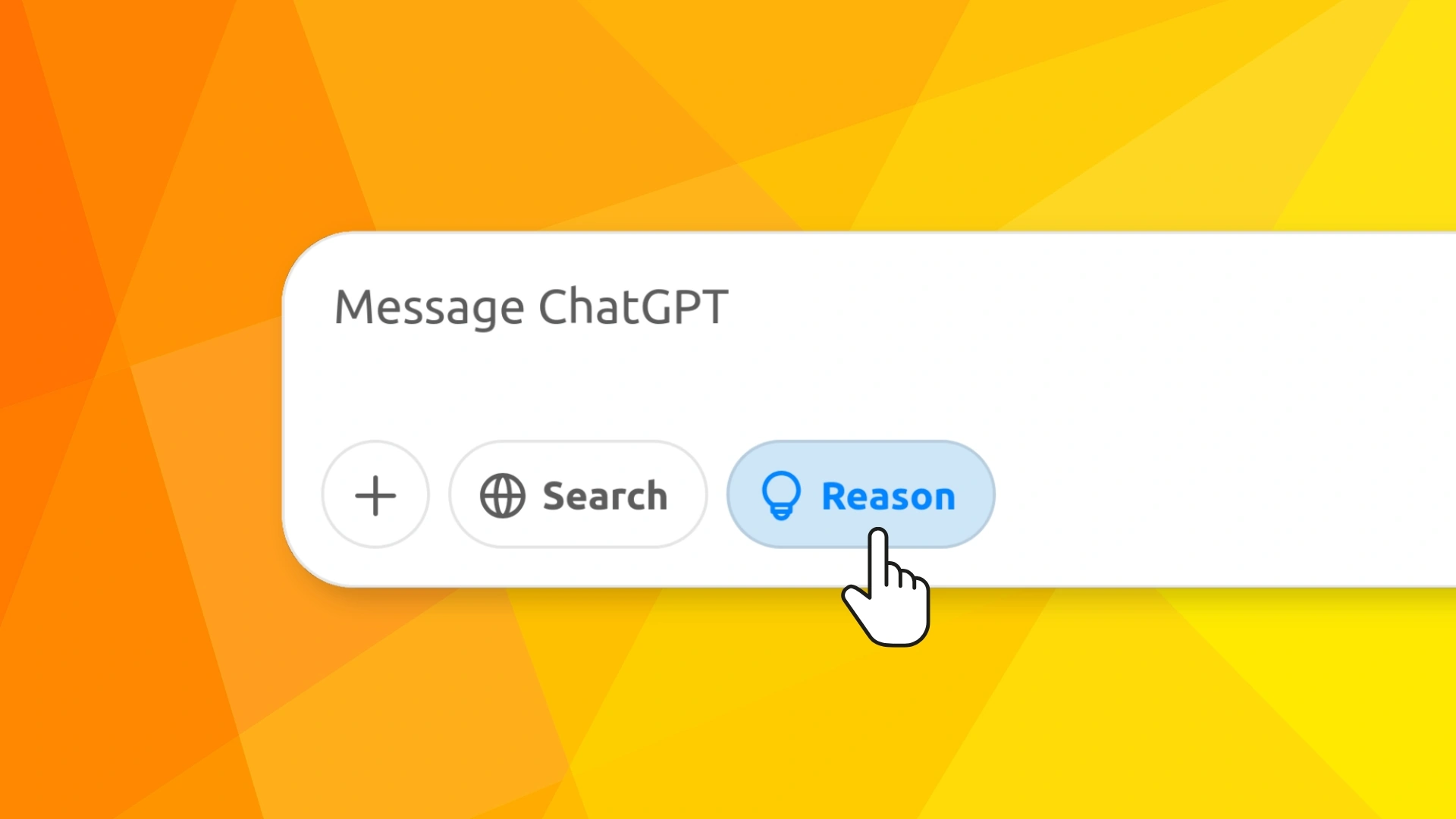OpenAI Brings o3-mini Reasoning Model to Free ChatGPT Users

When I first saw the update, I half-scanned it like I do with most product announcements. Some new model, some button, something something “reasoning”. I figured it was just another tweak in a long string of AI tweaks. But then I clicked through.
Turns out, OpenAI just handed over a chunk of its more powerful reasoning capabilities to people using the free version of ChatGPT. That’s not nothing.
Think about that for a second. The kind of AI that used to sit behind a paywall—something built to think more like us, to handle nuance, to actually reason—is now available with a single click, no credit card required. That changes the tone of the conversation around access. It shifts what “free” means in the AI space.
And yeah, it’s not the top-tier model. It’s the “mini” version. But still. It’s a signal. A small model carrying a bigger message: the gap between free and paid AI is getting blurrier.
Let’s break this down a bit.
What Actually Is o3-mini? And Why Should Anyone Care?
So this thing called o3-mini. That name sounds like a robot vacuum, but it’s actually OpenAI’s latest “reasoning” model. Which is just a fancy way of saying: it’s better at thinking through stuff.
It doesn’t just spit back facts. It tries to process context, pull ideas together, weigh possibilities. You know, the kinds of things you want from someone who’s really listening, not just parroting back what you said.
It’s not GPT-4-turbo or any of the top-shelf stuff OpenAI reserves for people paying monthly. But o3-mini is a distillation of those bigger models. Think of it like a very bright student who studied under a genius professor—maybe they don’t know everything, but they’ve picked up the essentials and can hold their own in most conversations.
The move here is subtle. OpenAI didn’t slap a banner on the homepage. They didn’t even write a whole blog post about it. They just slid the update into an X post and added a new little button in ChatGPT: “Reason.” One word. You click it, and you’re now talking to o3-mini.
Feels small. Isn’t.
A Button That Makes ChatGPT Smarter—At Least Sometimes
That “Reason” button? That’s the key.

You type a message, like you normally would. Something like: “What’s a fair way to divide rent between roommates with different incomes?” Instead of just hitting send, you click “Reason.” Boom. You’re now talking to a model that’s been told to think harder.
Does it always give better answers? Honestly… not always. Sometimes it still overexplains or misunderstands tone. It’s still a model. But when it does work well, it feels like a real shift. It starts unpacking ideas more thoughtfully.
It’s especially useful for stuff where you want some form of structured reasoning. Questions about ethics, planning, tradeoffs. It doesn’t just tell you what’s popular, it tries to sort through why people might think differently.
I tested it with a few knotty topics—housing policy, digital privacy, whether schools should use AI tools in grading. It wasn’t perfect, but it was patient. That’s not a word I’ve used about chatbots before.
A Quiet Win for Education, If Anyone’s Paying Attention
Now here’s where things get interesting. If you’re a student—or a teacher—this is quietly a big deal.
Before, the better reasoning tools were behind a paywall. Which meant that some kids got a more thoughtful AI tutor than others, simply because their families could pay for it. Now? That gap narrows a bit.
Imagine a student in a rural school with shaky internet and zero access to extra tutoring. They log into ChatGPT for help with a confusing history prompt. They hit “Reason.” And suddenly, they’re getting responses that think more like a person. Not just summaries from Wikipedia, but perspectives.
Of course, it’s still just a tool. It still makes mistakes. But it’s a better starting point. And in education, that matters.
If I were running a school district, I’d be watching this pretty closely.
What’s in It for OpenAI, Though?
This isn’t just generosity. OpenAI is playing a longer game.
By putting o3-mini into the free version, they do a couple things. One, they pull more people into the ChatGPT ecosystem. That’s useful for data collection, feedback, all the stuff that helps improve the next model.
Two, it blurs the line between what’s premium and what’s public. Yes, paid users still get more: custom GPTs, priority access, higher limits. But this move forces everyone to reconsider what they’re paying for. If the free version gets smarter, then the paid version has to stay smarter.
It also creates a bit of pressure on other companies—Google, Meta, Anthropic. They all have their own models. And many are already free. So OpenAI can’t afford to let their free tier stagnate. o3-mini keeps them competitive without giving away the crown jewels.
Strategically, it’s kind of brilliant.
But There’s Still a Line Between Free and Paid
Let’s not pretend this levels the field completely.
Free users don’t get the same uptime guarantees. Their queries might get throttled during busy hours. And models like GPT-4-turbo are still locked behind a paywall. That “premium” label still means something—for now.
But if o3-mini performs well enough for most people most of the time, that starts to shift the narrative. Why pay for a monthly subscription if your questions are already being answered thoughtfully by the free version?
The real differentiation might have to move toward personalization, not just raw model strength. Features like memory, context across sessions, or even tone customization could become the next battleground.
It’s like Spotify. You can use it free, and it’s fine. But once you’ve used premium, those little perks start to feel necessary.
This Might Be a Bigger Deal Than We’re Giving It Credit For
Here’s what keeps nagging at me.
This didn’t feel like a headline. No press event. No breathless writeups. Just a quiet tweak to the product. But that’s how real shifts often start. Not with a bang, but with a new button.
OpenAI gave away a version of its thinking brain. Not the fanciest one, sure. But one that actually tries to reason with you. That’s not just a feature upgrade—it’s a small redefinition of what’s normal in consumer AI.
We’re slowly inching toward a world where decent AI reasoning becomes… expected. Baked in. Not a premium feature, but a baseline.
And that changes what AI is, who it’s for, and how it shows up in our lives.
Not bad for a single-click update.